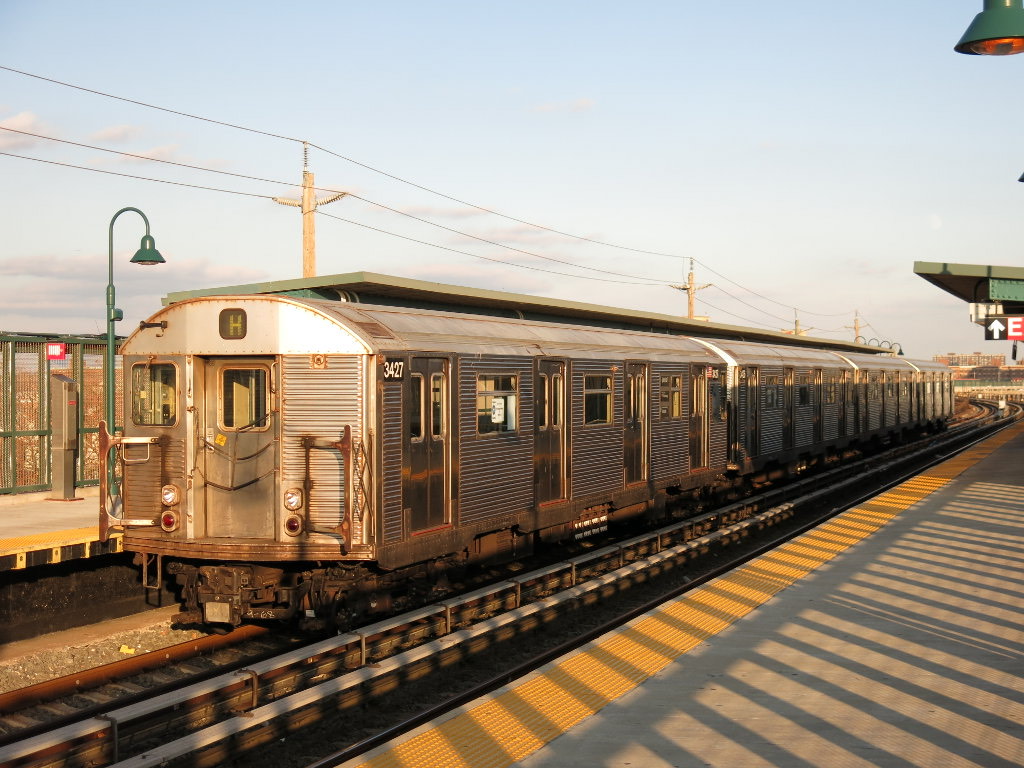You call that vintage?

So, there will be a last, nostalgic run for the R-32 subway cars. They are a piece of history. They were the first stainless steel cars, bought en masse by the MTA. What they were not, in my lingo, is vintage, as they were called in the announcement of their retirement. Let’s remember the truly vintage cars that preceded the R-32.
The cars of the ‘40’s and ‘50’s were subterranean versions of the tank. First of all, there was nothing pretty about them. They were steel boxes that started out dark and added to their darkness with the various things they picked up on their runs under and over the city. It wouldn’t be a stretch to call them ugly.
They had no air conditioning. During the summer the windows were opened. That made it impossible to talk, even to oneself. The rumble and roar of the train was overwhelming. Add to it the squeal of metal wheels on metal tracks as the train hit a curve—well it was deafening. It was also dangerous. I’ll be straight up with you, I don’t know if I read this in one of the papers that would carry such a story—The News, The Mirror, the Post—or if it was urban legend. I feel pretty sure it happened. A kid, hotdogging it to impress his friends, accepted a dare to stick his head out the window. Coming into some stations, there were steel and cement floor to ceiling columns that separated trains going in different directions or that protected a lane for the express train to whiz by. One of those posts separated this young man from his head.

Brooklyn Boro
View MoreNew York City’s most populous borough, Brooklyn, is home to nearly 2.6 million residents. If Brooklyn were an independent city it would be the fourth largest city in the United States. While Brooklyn has become the epitome of ‘cool and hip’ in recent years, for those that were born here, raised families here and improved communities over the years, Brooklyn has never been ‘uncool’.